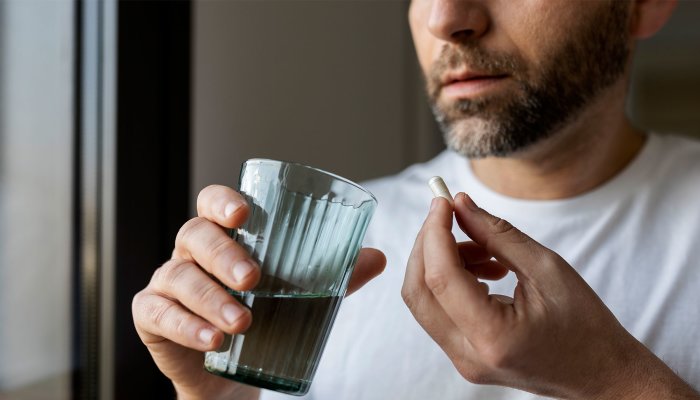
Knowing what to look for in a multivitamin is the first step towards achieving full-body health, so it can be useful to keep an eye on the nutrients that are particularly difficult to get within your typical diet. Board-certified endocrinologist Brittany Henderson, M.D., previously recommended looking out for multis that have a significant amount of vitamin D3, vitamin B12, vitamin C, folate, calcium, magnesium, potassium, iron, iodine, zinc, and selenium.
If you do follow a vegetarian or vegan diet, it may also be worth checking that your multi contains a complete B vitamin complex (i.e., all eight essential B vitamins) as these nutrients are notoriously difficult to get enough of through plant-based eating. The most premium multivitamin options will provide bioactive forms of B vitamins, including methylated folate and vitamin B12. Iron and iodine are also essential ingredients to keep an eye out for if you follow a plant-centric approach to eating.
As for dosage, you’ll want to look for multivitamins with high-potency formulas, because this ensures meaningful doses of the micronutrients are actually included. As a rule of thumb, in a complete multivitamin formula, a full array of vitamins and minerals will be included at or above 100% of the daily value.
Some bulkier macrominerals specifically, such as calcium, magnesium, and potassium, are so large that they will be included at lower doses to fit into the product, but they should still ideally be present (since these three minerals are some of the largest nutrient gaps in our nation!).
Look out for multivitamins that “sprinkle” nutrients, botanical extracts, or other bioactives. Ferira likens this less-than-savory practice to “nutritional name dropping,” which she says “might look good on the label, but isn’t included in meaningful enough amounts to actually be helpful nutritionally or based on clinical research.”
In terms of the packaging your multi comes in, we’re fans of sustainable and effective options. “I am a strong proponent of packaging that’s recyclable, doesn’t introduce more plastic into our planet, and also protects the precious ingredients you’re paying for,” says Ferira. “For that combination of environmental impact and buffering your multi ingredients from UV light, amber glass fits the bill,” she adds.
